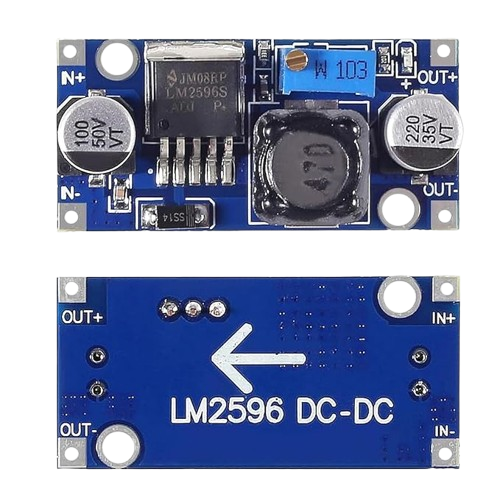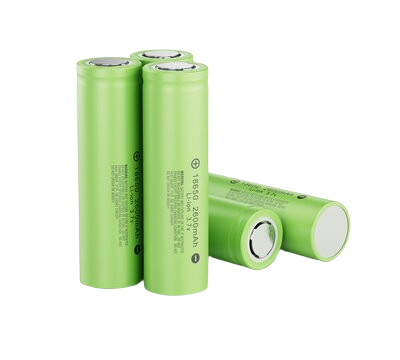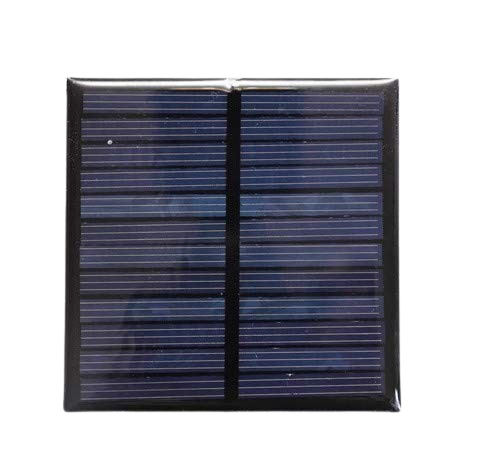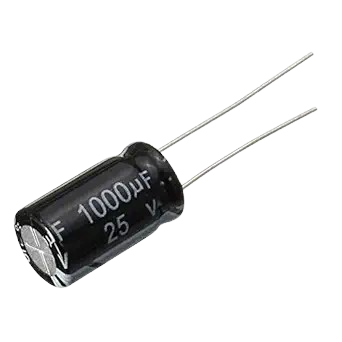LM2596 Buck Converter: Working, Features, Specifications, and Applications Explained

Overview
Introduction
The LM2596 Buck Converter is one of the most popular and widely used DC-DC step-down voltage regulators. In simple words, it’s an electronic device that takes a higher DC voltage and reduces it to a lower, stable DC voltage without wasting much energy as heat. This makes it much more efficient than traditional linear voltage regulators.
Because of its low cost, compact design, and high efficiency, the LM2596 is found in many everyday devices such as power supplies, LED drivers, battery chargers, and various electronics projects. Whether you’re a beginner learning electronics or a professional designing circuits, the LM2596 is a reliable choice.
How the LM2596 Works
The LM2596 works using a technique called switching regulation. Instead of simply reducing voltage by burning off extra energy as heat, it rapidly turns a switch on and off, controlling how much energy passes through to the output.
Here’s a simple breakdown:-
The switching transistor turns on and off at high speed (about 150 kHz).
-
An inductor stores and releases energy to smooth out the voltage.
-
A diode makes sure current flows in only one direction.
-
Capacitors remove ripples so you get clean DC output.
-
A feedback system keeps the voltage steady even if the input or load changes.
Main Features
-
Works with input voltages from 4.5V to 40V DC.
-
Adjustable output from 1.23V to 37V DC.
-
Can supply up to 3A of current (with good heat dissipation).
-
High efficiency — up to 90%.
-
Built-in safety features like over-temperature and short-circuit protection.
- Low output noise and ripple.
- Compact and lightweight.
Technical Specifications
| Specification | Details |
|---|---|
| Input Voltage | 4.5V – 40V DC |
| Output Voltage | 1.23V – 37V DC |
| Output Current | Up to 3A |
| Efficiency | 80–90% |
| Switching Frequency | 150 kHz |
| Voltage Accuracy | ±0.5% |
| Protection | Overheating & short circuit |
| Package | TO-220 or Module form |
Different Types of LM2596 Modules
-
Adjustable Output Version – Lets you set any voltage within the range using a small screw on the board.
-
Fixed Output Version – Gives a constant voltage like 3.3V, 5V, or 12V.
-
High Voltage (HV) Version – Can handle inputs up to 60V.
-
With LED Display – Shows the output voltage directly on a small screen.
-
Mini Version – A smaller design for space-saving applications.
Advantages
- More efficient than normal voltage regulators.
- Can handle a wide input voltage range.
- Generates less heat.
- Comes with built-in safety features.
- Affordable and easy to find.
Limitations
- Needs extra components like capacitors and inductors.
- Output ripple is slightly higher compared to linear regulators.
- Efficiency can drop if there’s a big difference between input and output voltage.
Common Uses
- Powering microcontroller boards like Arduino or Raspberry Pi.
- Battery charging circuits.
- LED lighting systems.
- Solar power systems.
- Car electronics.
- Home appliances.
- Communication devices.
Example Circuit – Powering a 5V Device from a 12V Battery
Let’s say you have a 12V battery but your device needs only 5V. Instead of using a heat-producing linear regulator, you can use an LM2596 module.
Steps:
-
Connect the 12V battery positive to the module’s Vin+ and negative to Vin-.
-
Connect your device to Vout+ and Vout-.
-
Turn the adjustment screw until your multimeter reads exactly 5V output.
- Your device now runs efficiently with less battery drain.
Buying Tips
When buying an LM2596, keep in mind:-
Check if you need adjustable or fixed output.
-
Make sure the current rating is enough for your load.
- Look for good quality modules with solid soldering and reliable components.
-
If you need to see the voltage easily, choose the one with an LED display.
- For high current loads, ensure there’s a heat sink.
Conclusion
The LM2596 Buck Converter is a simple, affordable, and efficient way to step down DC voltage for a variety of applications. Its flexibility, safety features, and high performance make it one of the most used voltage regulators in electronics. Whether you’re powering a small gadget or building a complete power supply, the LM2596 is a dependable solution.
Where to Buy
Prices may vary. Click on "Buy Now" to check current availability and pricing.
Administrator
Frequently Asked Questions
Common questions about LM2596 Buck Converter: Working, Features, Specifications, and Applications Explained. Find answers to the most frequently asked questions.
User Reviews & Comments
Share your experience with this IoT Blog. Your feedback helps our community make informed decisions!
Share Your Experience
Help others by sharing your thoughts about this IoT Blog.
Related Blogs
Explore more IoT Blogs in the same category

Li-ion Batteries for IoT: Maximizing Performance, Longevity, and Efficiency
Power Supply
Dive deep into the world of Li-ion batteries tailored for IoT applications. This detailed resource covers everything from fundamental principles to advanced optimization techniques. Understand how to choose the right battery, extend device runtime, and enhance overall system reliability, all crucial for your connected innovations.

Solar Panel: Types, Benefits, Installation Cost, and Maintenance Guide for Home & Commercial Use (2025)
Power Supply
Discover everything about solar panels in this complete guide covering types, benefits, installation cost, and maintenance tips. Whether you're planning for home or commercial use, learn how solar energy can reduce your electricity bills and promote sustainability. Ideal for beginners and property owners exploring solar power solutions in 2025.

Capacitors: Types, Working, Applications, Selection Guide & Complete Technical Overview
Power Supply
Discover everything about capacitors in this complete technical guide. Learn capacitor types, working principles, real-world applications, and how to choose the right one for your circuit. Ideal for students, engineers, and electronics enthusiasts seeking reliable, accurate information
No Reviews Yet
Be the first to share your experience with this IoT Blog!